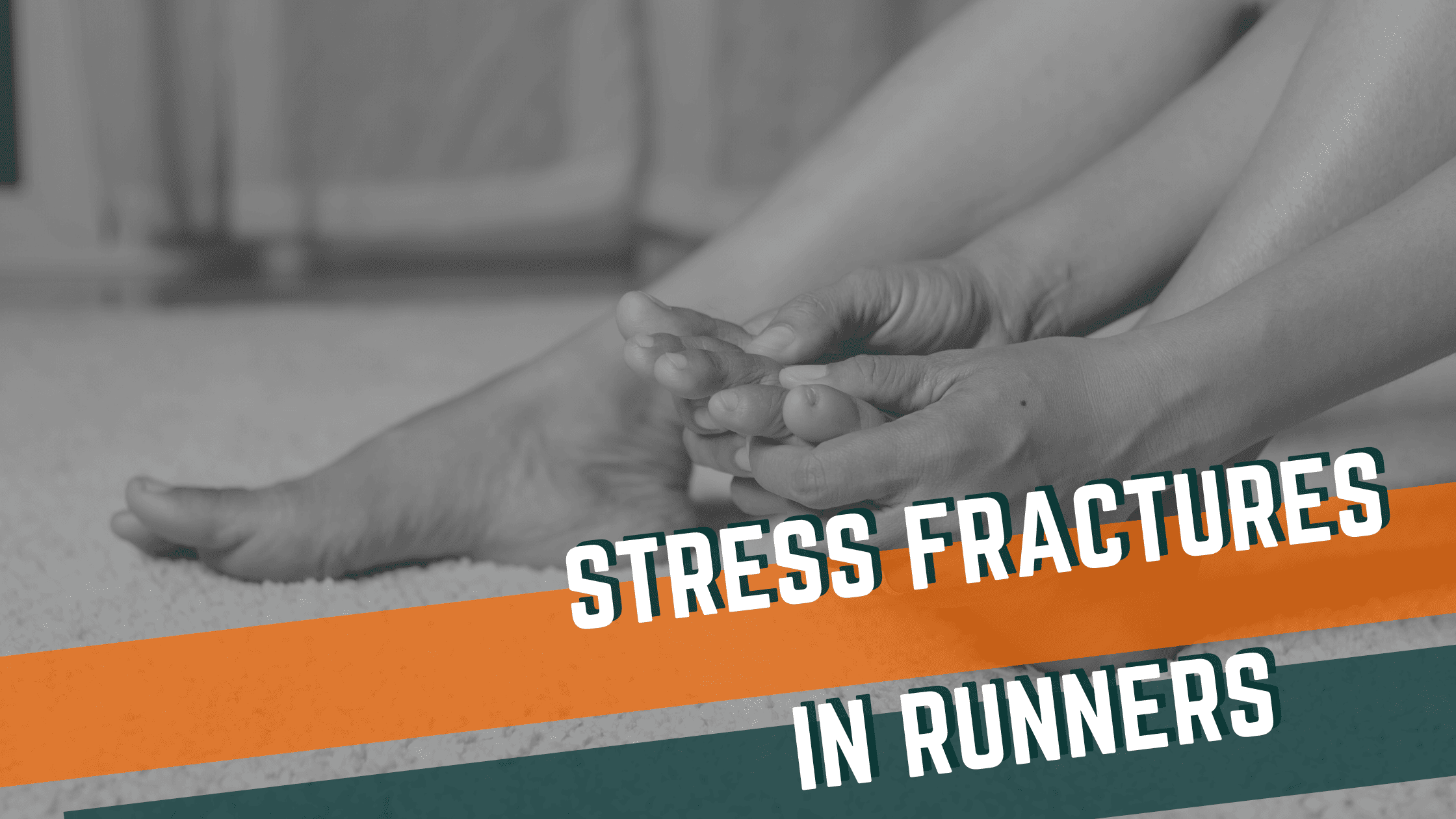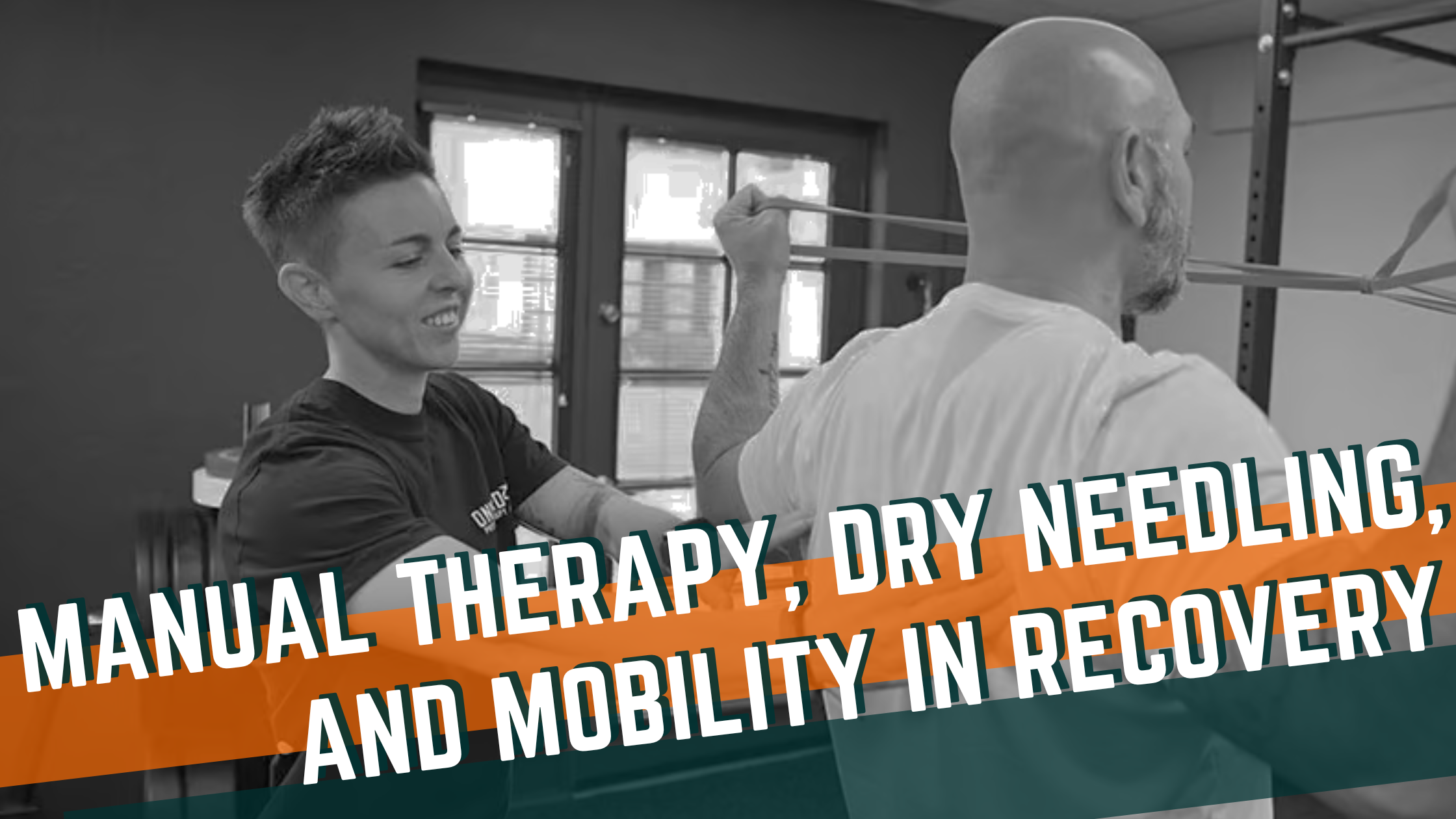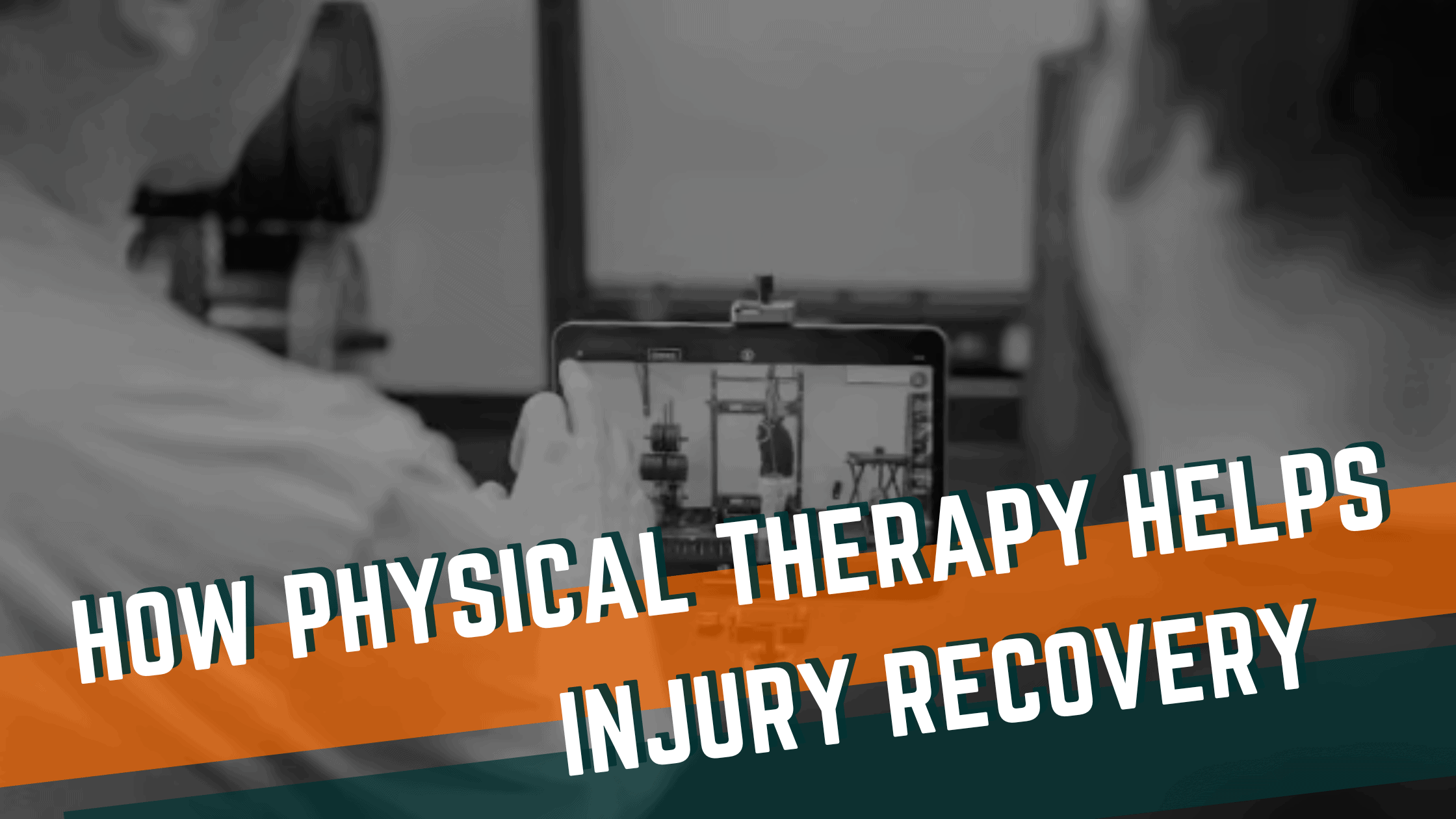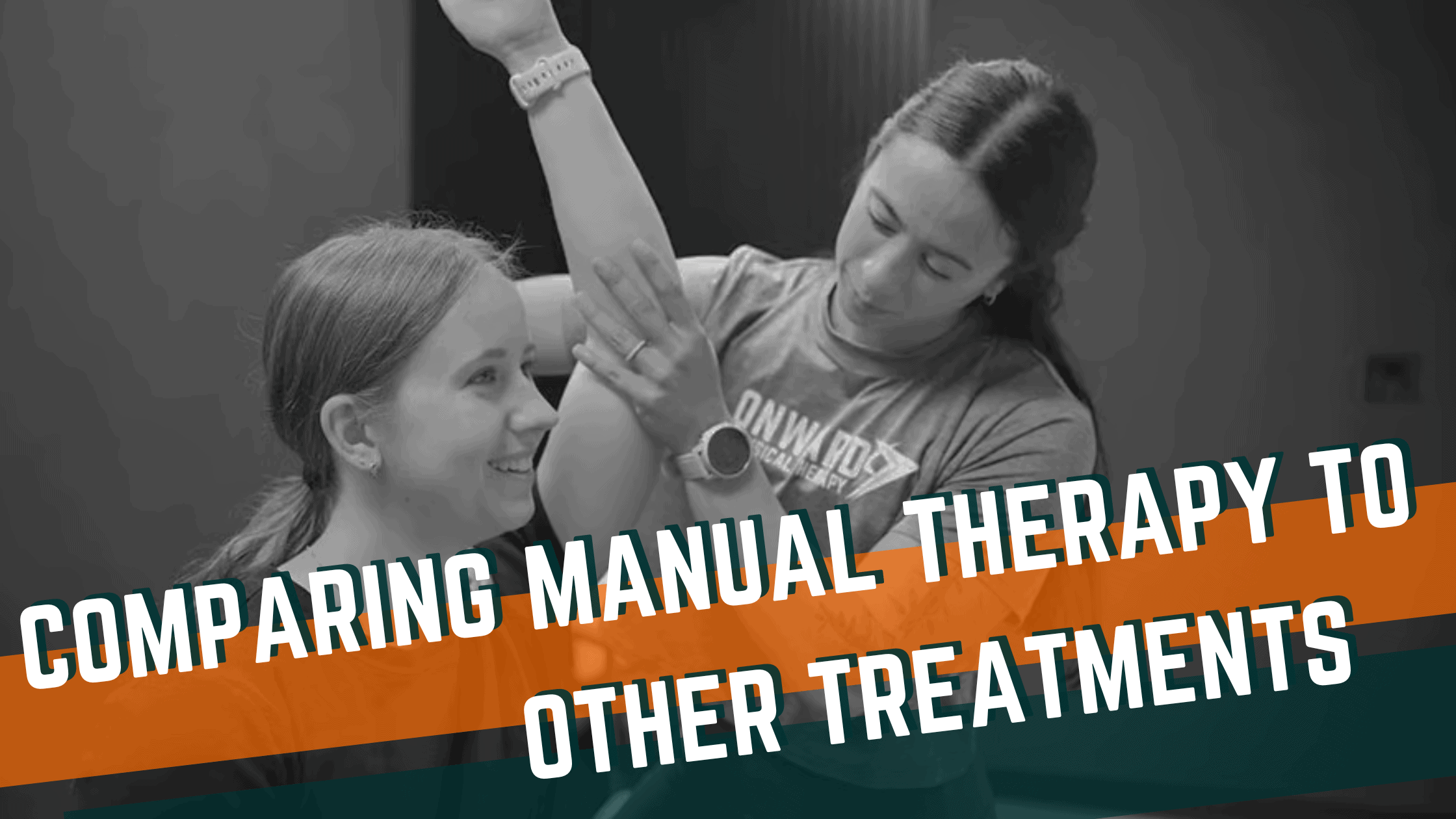
Stress fractures in runners can be both a challenging diagnosis as well as a tough injury to come back from safely. In this article, we’ll break down why stress fractures happen and what you can do to get back on the road!
What Are Stress Fractures?
Our bones constantly adapt to the stresses we place on them—each day, we continuously get stronger and weaker. In a perfect world, the stress we place on the bones matches how well they can recover from that stress so that they are getting stronger.
But if our training is too aggressive or our recovery (sleep, nutrition, etc) is inadequate, our bones will weaken. If we are continually in this imbalance state, our bones can get so structurally damaged that they become painful and can’t tolerate loading anymore.
Like all injuries, stress fractures are not all the same. They are graded based on the severity of the damage and stress fractures to different bones can be more or less serious. The unfortunate news for runners is that the “high risk” areas for stress fractures are where running-related stress fractures most frequently occur: the hip, lower leg, and foot.
Why are these areas high risk? Because they take significantly longer to heal and are at a much higher risk of not healing if rehabbed inappropriately. Put simply, these can be running-career ending injuries if ignored.
Diagnosing Running-Related Stress Fractures
Stress fractures are very commonly missed because they are difficult to diagnose. The first line of examination when a stress fracture is suspected is often an X-ray, but these are surprisingly unreliable with stress fractures. MRI is instead the gold standard and will more reliably find stress fractures.
Clinically, there are a few things that tip us off to suspecting a stress fractures in runners:
- Runners that report pain consistently increasing with mileage. Compared to tendon and muscle strains that often warm up and feel better, stress fracture pain increases the more you run
- For superficial bones, local tenderness when the bone is pressed on
- Pain with weight bearing and single leg hoping tests
- Recent spikes in training volume
- Poor nutrition habits
- Lack of cross training that involves heavy weight lifting
What Should Runners Do When They Have a Stress Fracture?
As mentioned earlier, stress fractures can progress to non-healing fractures that end a runner’s career. These injuries should be taken with more seriousness than muscle strains.
When an athlete has a stress fracture, we almost always must take a step back in training. At times, this might mean reduced mileage. With higher grades and high-risk areas, this might mean no running or weight-bearing. Either way, we NEVER exercise with pain when a stress fracture is diagnosed.
This does not however mean that we stop all training. At Onward Physical Therapy, our team is focused on finding ways to maintain as much of your fitness as possible while we rehab a stress fracture. This might mean we change our training to more biking, swimming, or using sled drags to maintain our cardiovascular fitness.
The next step is to look at nutrition. Athletes under fueling their bodies are at an elevated risk for stress fractures.
A biomechanics assessment is also valuable in stress fracture rehab. We want to consider all the important muscles in running and evaluate their strength. Our bones and muscles both absorb the forces created when we run. When muscle strength is lacking, the bones will often have to take on more of the stress.
A second crucial step to assessing your biomechanics is to perform a run form evaluation once we have resumed running. Similar to the strength imbalance discussion, your running technique could be putting more of the stress on your bones. Our team is extensively trained in running form evaluations and coaching to optimize your running health & performance.
The final step for runners wanting to prevent future stress fractures is to begin a serious strength training program. Running does not do a good job of stimulating positive bone changes. But strength work does.
By strength work, we don’t mean bodyweight lunges and glute bridges. Those exercises aren’t loaded heavy enough to strengthen your muscles or bones. We are talking about loaded squats, deadlifts, and other heavily loaded exercises. At Onward, the exercises we put in our runner’s strength programs are often heavily influenced by the deficits we find in their run form assessment so that we are improving your running performance and long-term health!
Want Expert Guidance as You Rehab Your Stress Fracture?
At Onward, our clinicians are just like you…individuals driven to push their fitness to the next level. And we understand how frustrating an injury like a stress fracture can be for runners.
That’s why our team takes such a comprehensive approach to running stress fracture rehab. We will find ways to maintain as much fitness as possible while working on the long-term answers to prevent future stress fractures.
Ready to get started? Book an assessment today and let’s go!
Recent Articles
Recover Like a Pro: The Role of Manual Therapy, Dry Needling, and Mobility Work in Faster Recovery

How does physical therapy help injury recovery and performance?

Comparing Manual Therapy to Other Treatment Modalities

How Physical Activity Influences Mental Well-being

Non-Pharmacological Treatments for Chronic Lower Back Pain


